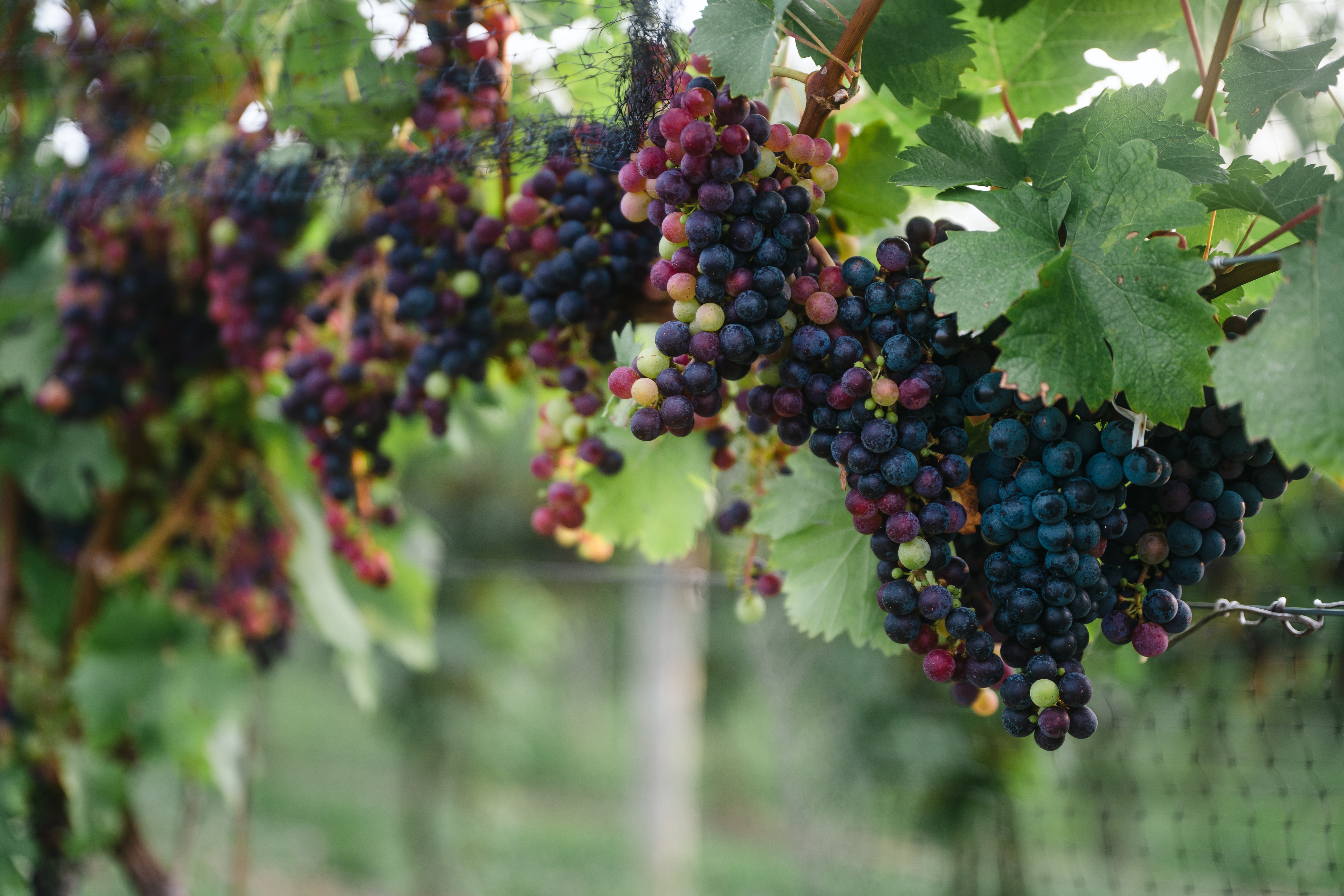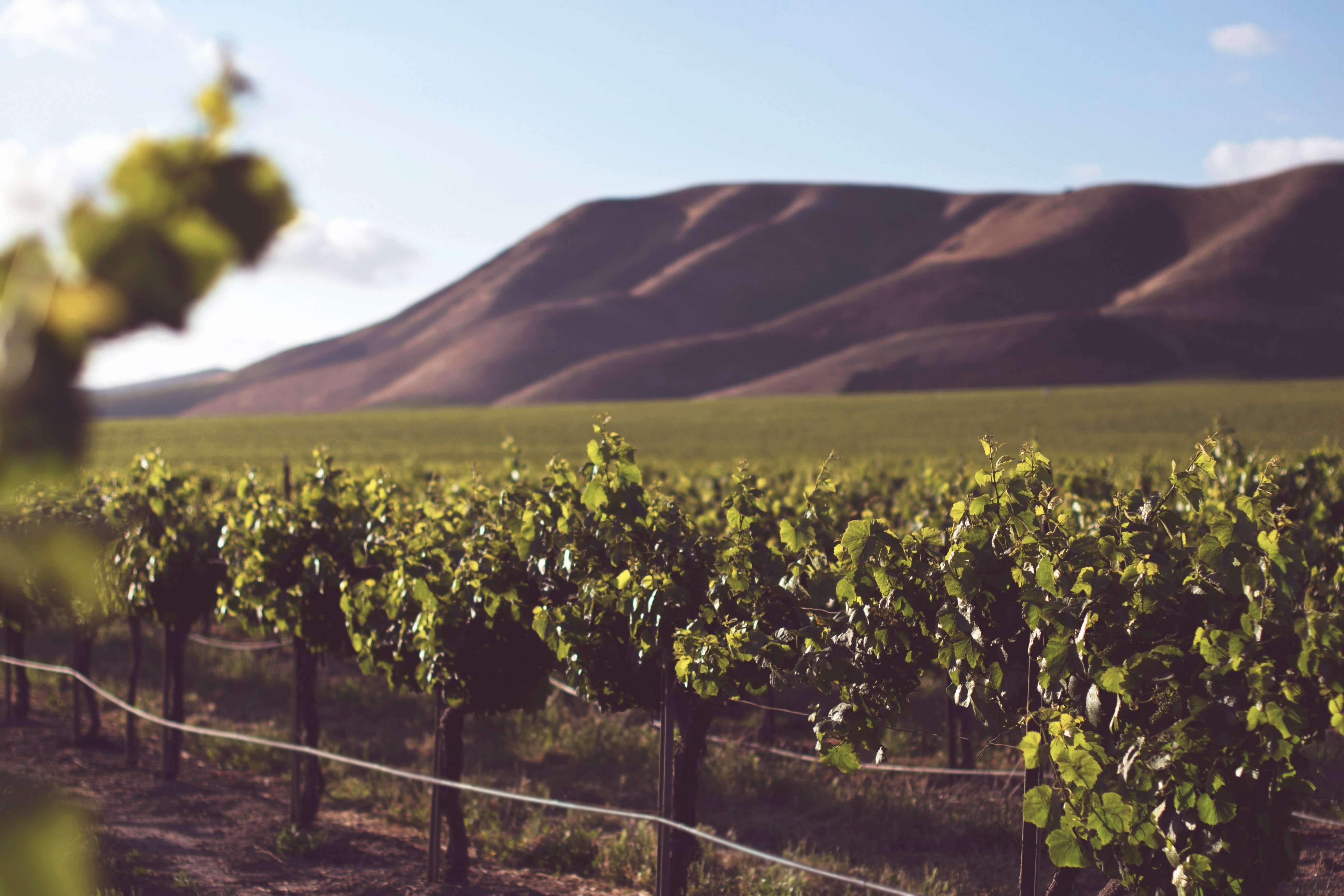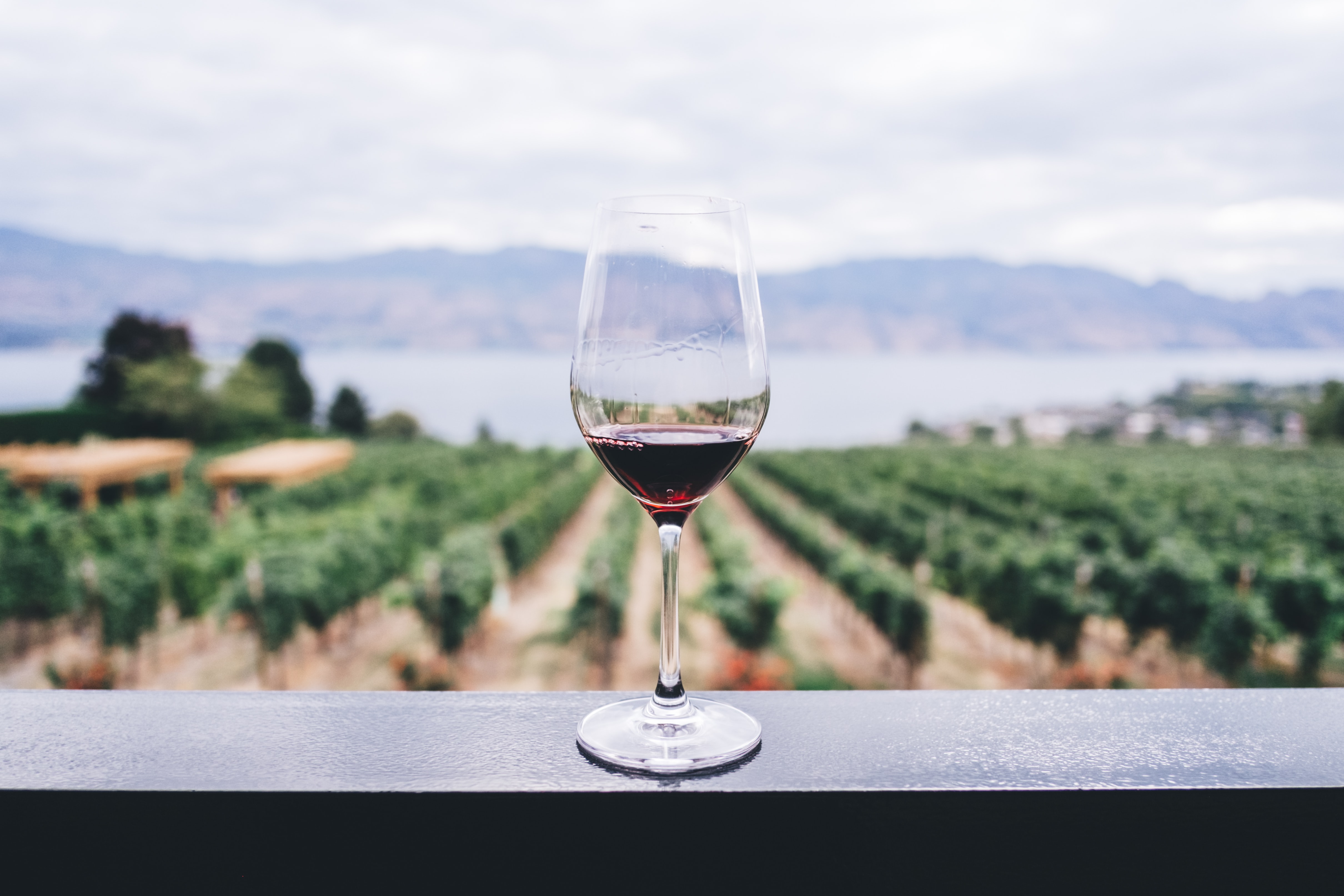Our collective love affair with wine goes back millennia, spanning countless eras and past civilizations. Many nations today have deeply embedded winemaking histories that have influenced everything from their culture to politics. While North America has its rich history of viticulture, it’s relatively new on the grand timeline of global wine production. Ever since California put North American wines on the map, grape cultivation and wine production have exploded across the continent. The number of wineries has soared in 2020 and 2021. By the end of September last year, 1,238 new wineries had started operations, up from 696 in 2019 and 950 in 2020.
Amazing! The number of bonded U.S. Wineries has been soaring during the COVID years 2020 and 2021. The U.S. net gains were 696 (2019), 950 (2020) and 1,238 (2021, until Sep 30 alone, there is more to come)!! The gains are not equally distributed among states though. pic.twitter.com/dFUyxQs45L
— AAWE (@wineecon) November 8, 2021
A report on the net number of new wineries opening from 2019 through 2021
The annual increase in newly opened wineries suggests a healthy demand for it. These emerging regions are driving part of the trend.
Top 10 Emerging North American Wine Regions
- Mendocino County, California
- Finger Lakes, New York
- North & Central, Virginia.
- Texas Hill Country, Texas
- Columbia Valley, Washington
- Santa Barbara County, California
- Okanagan Valley, British Columbia
- Leelanau Peninsula and Old Mission Peninsula, Michigan
- Verde Valley, Arizona
- Valle de Guadalupe, Mexico
Mendocino County, California
Although known for another intoxicating agricultural export, Mendocino County is also a fast-growing wine region. Part of California’s larger North Coast American Viticulture Area (AVA), Mendocino County Wine is one of the state’s largest and climatically diverse wine-growing regions. Established in the 1850s, the region boasts over 15,000 acres of vineyards, and roughly 100 wineries and claims the highest percentage of certified organic and biodynamic grapes in the nation. For years, it supported its southern sister regions, Napa and Sonoma, with affordable grapes but has since established its foothold in the Californian wine scene, producing refreshingly light and invigorating Pinot Noirs and zippy Chardonnays.
Finger Lakes, New York
New York’s Finger Lakes region has long been hailed for its award-winning, aromatic white varietals Reisling and Gewurztraminer but is increasingly known for its cool-climate reds like Cabernet Franc and Pinot Noir. With over 130 wine estates across the region, the majority are situated around its four largest lakes, Canandaigua, Keuka, Seneca, and Cayuga. Roughly a five-hour drive from New York City, the region is a hotbed for visiting wine enthusiasts, but its growth in exports promises a future for others to enjoy all over the world.

Northern & Central, Virginia
Often cited as the birthplace of American wine, Virginia is home to more than 300 active wineries and over 4,000 acres of vines that produce varietals like Viognier, Cabernet Franc, and Petit Verdot. Grapes first arrived here in the early 17th century with the early colonists but it wasn’t until the 1970s and 1980s that wine production started to take off. While grapes are grown all across the state’s ten wine regions from the Chesapeake Bay to the Blue Ridge Mountains, it’s the Northern and Central regions that are producing some of the state’s most celebrated vintages to date. Appellations of note include Monticello (home to Virginia’s oldest AVA), Shenandoah Valley (the state's largest AVA), and The Middleburg Virginia AVA (the state's fastest-growing region).
Texas Hill Country, Texas
Texas is home to more than 400 wineries that drive 1.75 million visitors to tasting rooms each year. With over 5,000 acres of planted vines, Texas is the 5th largest wine-producer in the United States. The city of Fredericksburg lies smack dab in the center of Hill Country and has become a hub for Texan and non-Texan wine enthusiasts. Although unpredictable weather and the expensive nature of cultivation drove many producers to buy grapes from other regions, a new labeling law requires Texas wine producers using American Viticultural Area designation, vineyard name, or county must entirely comprise of Texas grapes. Frances Rhone Valley, Spain’s Tempranillo, and certain Italian varietals reign supreme in this central Texas climate.
Columbia Valley, Washington
With more than 50,000 acres of sprawling vineyards, Columbia Valley is Washington’s largest wine region, making up 99% of the state's wine country. The region contains 12 AVAs including the well-known Walla Walla Valley, Horse Heaven Hills, Red Mountain, and Yakima Valley. Nearly 60% of the region's vineyards produce full-bodied red varietals like Cabernet Sauvignon, Syrah, Merlot, Malbec and Cabernet Franc. Despite the perceived notion that it rains a lot in Washington, the Columbia Valley receives very little. In fact, the Gobi Desert in Mongolia receives an equal amount (6-8 inches) annually. The Columbia River, along with snowmelt from the surrounding Cascade Mountains fuels the region's water supply and the silty soil produces wines with increased aromatics.
Santa Barbara County, California
Unlike its neighboring wine regions to the north that produce world-class full-bodied wines like Cabernet Sauvignon, Santa Barbara is perfect for growing cool climate wines, especially Pinot Noir, thanks to a very unique geological effect, a transverse valley, that creates the ideal micro-climate for growing these style of grapes. Cool winds from the pacific funnel through the valley, producing steady breezes and fog that extends the growing season well into October. This results in riper grapes without excessive sugar levels, creating elegant wines with lower alcohol levels. Santa Barbara County is one of California’s most exciting and unique wine regions.
 Okanagan Valley, British Columbia
Okanagan Valley, British Columbia
Okanagan Valley is situated along Canada’s only desert. Its dry, hot summers and cool evenings make for ideal wine-growing conditions. More than 185 wineries capitalize on the soils of British Columbia’s largest wine region. With four different sub-regions, vintners cultivate an array of varietals including Merlot, Pinot Gris, Syrah and Riesling. The region boasts a diverse array of wineries, from family-owned boutique operations to internationally recognized ones, including the region's first indigenous-owned and operated winery in North America, Nk’Mip Cellars, whose Chardonnay won gold at the Chardonnay du Monde several years ago.
Leelanau Peninsula and Old Mission Peninsula, Michigan
Michigan wine country sits along the 45th parallel, just like Bordeaux, Burgundy and Alsace despite its northern reach. The proximity to Lake Michigan also produces a cooling effect that makes ideal conditions for growing Reisling, the region's most cultivated grape. The state has more than 200 operating wineries, many of which are located within 25 miles of the lake, producing 3.6 million gallons of wine in 2019. The state is comprised of five official AVAs but it’s the Leelanau Peninsula and Old Mission Peninsula that are producing the cool-climate grapes like Riesling, Gamay and Blaufränkisch that are garnering attention. For a state that has a relatively short history of growing wine, more and more producers and consumers are seeing value in the products from these regions.
Verde Valley, Arizona
While three-quarters of the state’s grape production comes out of Willcox and Sonoita, Arizona’s most prolific wine regions, the Verde Valley is quickly growing in esteem. The region is well suited for growing grapes due to its elevation of 5,000 feet above sea level. The rocky, volcanic soil and day-to-night temperature swings (nighttime temperatures drop into the 30s), make Rhone varietals such as Grenache, Syrah, Petite Syrah and Voignier well-suited to growing here. With more than 100 wineries operating in the state, Arizona’s wine regions are only just beginning their march to critical acclaim. Tasting rooms are popping up in dozens of cities, further awakening locals and tourists to the potential of Arizona wines.
Valle de Guadalupe, Mexico
While at first, it’s hard to believe, Mexico has a storied wine-growing history. North America’s first vineyards were established here when the Spanish colonized the area in the 16th century. However, it wasn’t until the 1970s that modern advancements in wine-making brought attention to Mexico’s wine industry. The region is a melting pot of European varietals, but blends are the most common, although single varietal wines are increasing in popularity. Baja California is Mexico’s most well-established region with over 150 wineries in operation. Its largest sub-region, Valle de Guadalupe is considered the Napa Valley of Mexico. Similar to Napa, its wines are typically full-bodied, jammy and robust, but contain an attractive mineral character which is attributed to the vines' proximity to the ocean and groundwater irrigation.



Comments